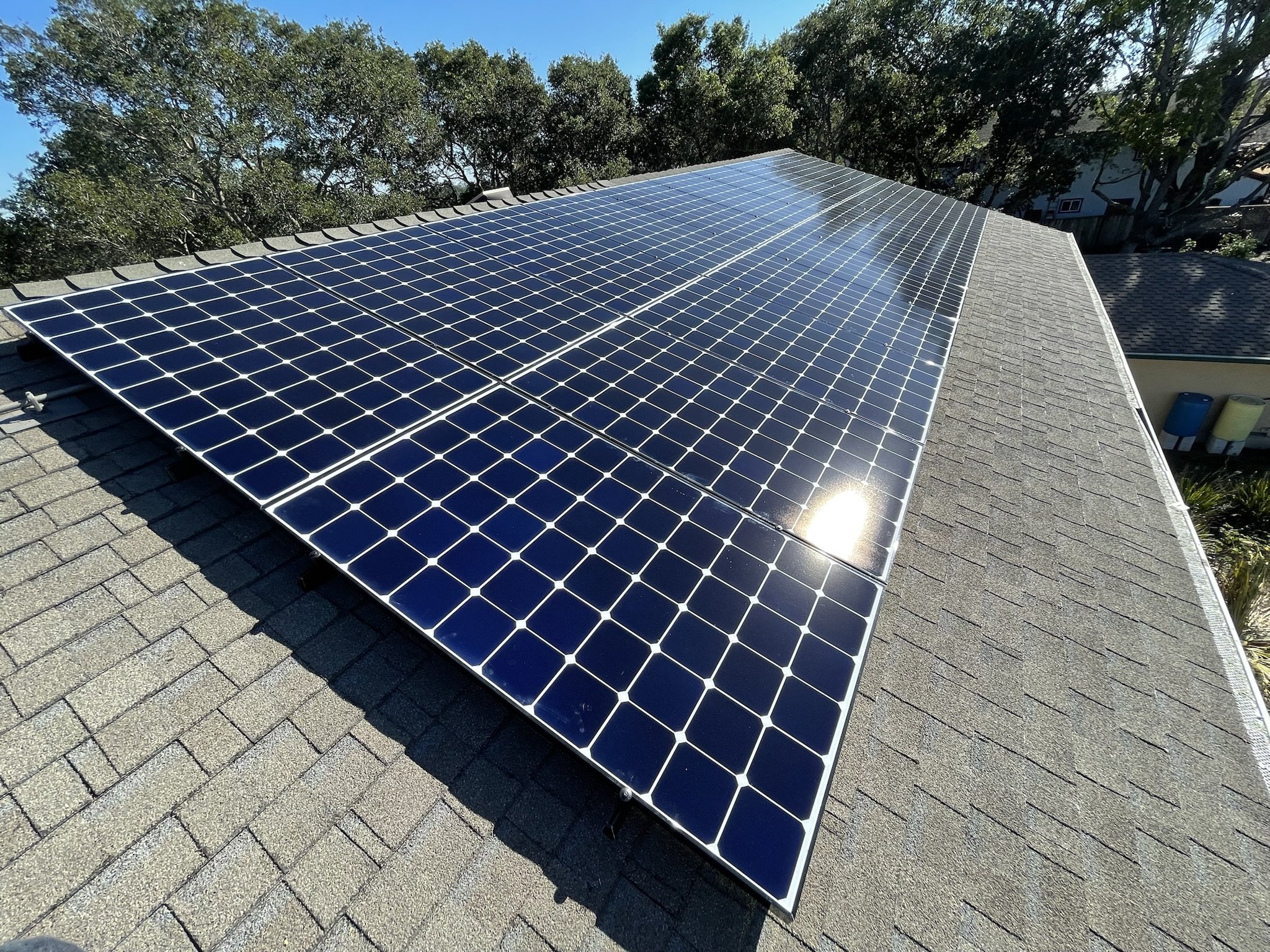Self-Generation Incentive Program (SGIP) Equity Resiliency
Save on Your Battery Backup Installation
The existing equity resilience Self-Generation Incentive Program (SGIP) allocation, which targets low-income, disadvantaged or medically vulnerable customers, was expanded to include customers located in a high fire-threat district (HFTD) that have been subject to two or more Public Safety Power Shutoffs (PSPS).
This is a lucrative incentive program designed to eliminate financial barriers by increasing access to investments in battery backup. Homeowners that are most vulnerable to the potential loss of power due to fire danger are eligible to receive this incredible new incentive in California.
The SGIP Equity Resiliency Program went into effect on April 1, 2020. View the eligibility requirements below to find out if you qualify for this cash rebate. Limited funds available.

Save on Your Battery Backup Installation
The existing equity resilience Self-Generation Incentive Program (SGIP) allocation, which targets low-income, disadvantaged or medically vulnerable customers, was expanded to include customers located in a high fire-threat district (HFTD) that have been subject to two or more Public Safety Power Shutoffs (PSPS).
This is a lucrative incentive program designed to eliminate financial barriers by increasing access to investments in battery backup. Homeowners that are most vulnerable to the potential loss of power due to fire danger are eligible to receive this incredible new incentive in California.
The SGIP Equity Resiliency Program went into effect on April 1, 2020. View the eligibility requirements below to find out if you qualify for this cash rebate. Limited funds available.
Eligibility Criteria
According to the SGIP 2020 Handbook, the California Public Utilities Commission (CPUC) has defined eligibility requirements for residential and non-residential customers.
Residential Customers
Residential customers are eligible for the program if they meet the following requirements:
1) Are located in a Tier 3 or Tier 2 high-fire threat zone (click to view map) OR were subject to two or more discrete Public Safety Power Shutoff (PSPS) events prior to the date of application for SGIP incentives;
AND
2) Are one of the following:
Eligible for the SGIP Equity Budget (CPUC defines eligibility criteria); OR
Medical Baseline customer; OR
A customer that has notified their utility of serious illness or condition that could become life-threatening if electricity is disconnected; OR
Rely on electric pump wells for water supplies AND have a household income at or below 80% Area-Median-Income (AMI)
Non-Residential Customers
Non-residential customers are eligible for the program if they have a critical resiliency need and meet the following requirements:
1) You have experienced more than two utility Public Safety Power Shut-offs (PSPS) OR be located in a Tier 2 or 3 High Fire Threat District (HFTD) AND serve customers that are in DACs* or Low Income Communities.
AND
2) You must also meet one of the following additional criteria:
Be a police station; fire station; emergency response provider; emergency operations center; 911 call center; medical facility; private and public natural gas, electric, water, wastewater, or flood facility; jail or prison; utility designated PSPS assistance center; cooling center; homeless shelter.
Be a grocery store, supermarket, or corner store with less than $15 million in annual gross receipts.
Be an Independent Living Center or a Food Bank.
To help determine non-residential eligibility, the California Public Utilities Commission defines and lists the criteria and specific types of facilities and infrastructure that meet the requirements for this program.
Public Safety Power Shutoff Customers
Both residential and non-residential customers who experienced, or were affected by, two or more Public Safety Power Shutoffs are eligible for this program.
Feasibility Analysis
For those who qualify, the new SGIP Equity Resilience Program is an attractive option that brings an opportunity for energy storage projects through additional funds, including rebates for vulnerable customers in high fire-threat districts.
According to the Commission, a new $100 million incentive budget has been allocated specifically for customers with critical resiliency needs. The incentive is set at $1,000/kWh, and systems have been established to deter vendors and developers from price gouging those who use this program.
An example of a typical cost, and what this benefit could mean for you:
$20,000 Energy Storage System (Battery Backup Additional Cost)
– $8,400 SGIP Equity Resiliency Rebate
– $5,200 26% Investment Tax Credit
= $6,400 your total investment for a battery backup

